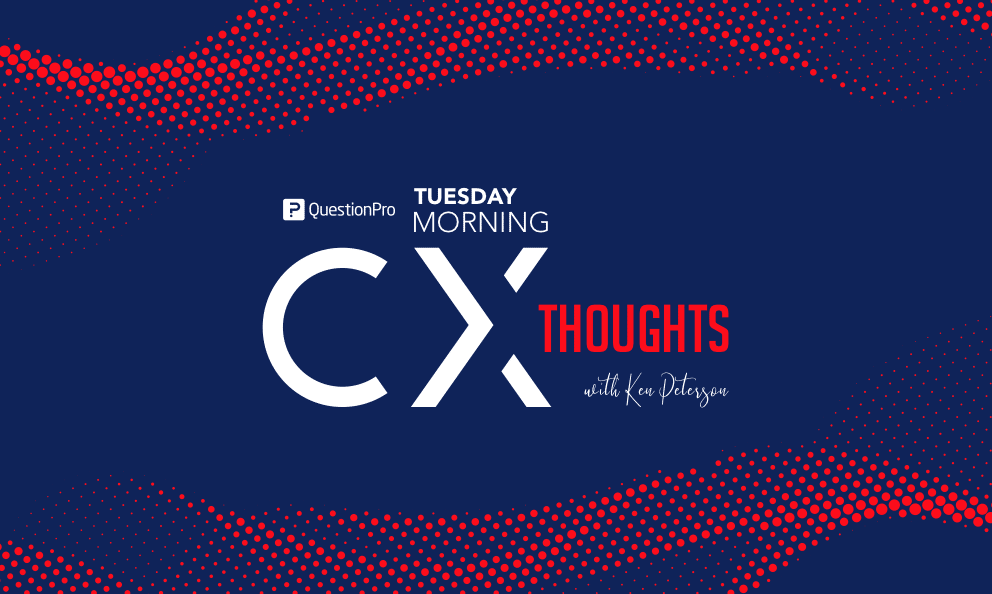 Reading Time: 3 minutes read
Reading Time: 3 minutes readA New Safety Requirement
Did you know that the safety belt first came into use in 1885? It was to prevent being thrown from horse-drawn carriages. It was later used in airplanes as a safety measure. It was in use one year before the first patent was filed for the first motorized automobile. However, what you may not know is that, despite it cutting the risk of a fatality in an accident by 50% or more, it was not a safety feature that was standard in automobiles until 1964.
Prior to that, something we take for granted today – safety – was an afterthought in the industry. Many also saw it as poor marketing to advertise that the automobile was in need of safety equipment. In fact, as one US automaker decided to feature safety starting in 1956, their most prominent competitor outsold them by a margin that was triple that of the year before by not promoting safety.
Today, there are safety features that will not even let you drive the vehicle without following protocol. And there are many laws to keep the occupants – and those around the vehicle – as safe as possible.
Anatomy of Demand
So many safety innovations are now part of automobiles. In addition to seatbelts, we have simple things such as turn signal indicators and headlights. All the way up to sophisticated safety features like back-up cameras and automatic braking systems. Even convenience features such as “autopilot” have become prominent, or at least automated parallel parking.
It could perhaps be said that the automotive industry has some of the most important innovations in any industry. At the same time, these innovations, like the seat belt, may have been available for many years, but also not available in all vehicles – despite the evidence of safety. At times, it took a law or mandate to make some of these safety innovations available in all vehicles. It was not an issue of demand, rather it was differing views in priorities by the manufacturers.
With that, it might be said that it is an industry that is not very innovative, unless there is a demand that can be reinforced by marketing. The sound system, comfortable seats or fun are easier to sell than ‘safety’.
Meeting Customer Needs
If one is flying in an airplane, the “first priority” of every crew member is to passenger safety. Probably the greatest customer need in any experience – on an airplane or in a retail store. If you don’t have safety, you don’t have a customer – even if your business is skydiving.
In the last few decades in the automotive industry, there are companies that look to hold the industry accountable. Firms that are externally measuring customer satisfaction with these manufacturers as well and understanding the quality of the vehicles they produce. Consider how complicated an automobile is, it is great that there are companies finding them accountable at such such a level of detail. So much so, that these OEMs use companies like Enprecis to proactively measure quality and customer satisfaction. They have helped one manufacturer who had to offer a ten year warranty to even get customers to consider a purchase to be considered a top quality vehicle.
Now, my peers at Enprecis did not make the changes to the manufacturing line, but they found the places – both in the automobile and in the sales process – that would improve perceptions. Ultimately, these OEMs brought forth many of the innovations that have been discovered through their work. Finding the need for features such as bluetooth connectivity, then adapting based on customer feedback which has resulted in the sunsetting of some other features in cars, such as the use of mobile connectivity to eliminate the need for GPS.
What does this amount to? It amounts to a variation of the Customer Experience and the building a Customer Experience Strategy that looks more at the product. Innovation should be one of the outcomes of CX measurement. It is one of the reasons we have the innovation and co-creation tool in our innovative NPS+ question. Customer demands don’t always have to be met, but they should be known.
Parting thought: On Thursday, April 29th, I will have the privilege to speak with Dave Girolamo about how OEMs use data in innovation that we will see moving forward in the automotive industry. Be certain to register for that discussion here. It will be compelling whether or not you are in the automotive industry.
QuestionPro offers some of the most advanced customer experience tools available. Gain valuable insights into your customers’ thoughts and feelings using QuestionPro CX software today.







